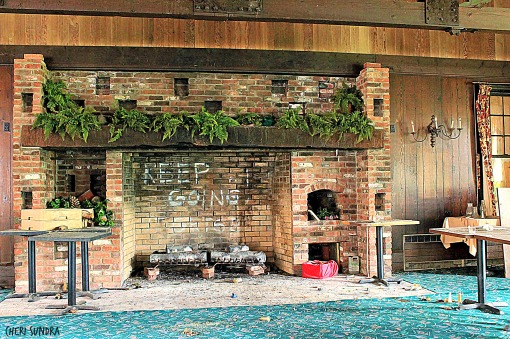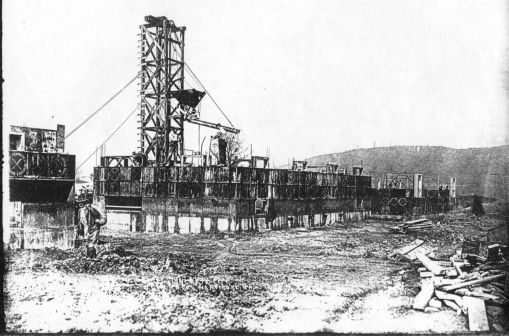Come Fly With Me—Abandoned & Infamous: Birchwood Resort

“Come fly with me, let’s take off in the blue
Once I get you up there
Where the air is rarefied
We’ll just glide
Starry-eyed
Once I get you up there
I’ll be holding you so near
You may hear
Angels cheer, ’cause we’re together”

Photo Courtesy of Jenn O’Malia
Arguably, Birchwood is the most notorious of the abandoned resorts located in the Poconos. It’s most recent use as a hideout by an alleged cop killer added yet another chapter to the resort’s colorful history.
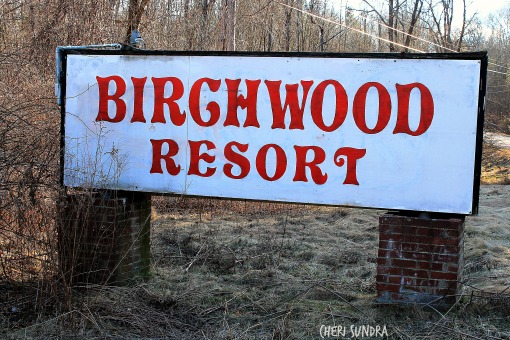
For decades, private pilots have used the term “$100 Hamburger” in reference to the expense of flying one’s own plane to small airports and airstrips in rural areas for a diner hamburger, which, when factoring in the cost of the airplane, was an expensive but adventurous lunch. Forget the burger—imagine the glamour of dropping down out of the clouds to stay at a resort!


Photo Courtesy of Katherine Rogers
Built on the site of an old farm during the 1950s, Birchwood quickly became one of the Poconos’ most recognizable honeymoon spots. In 1969, the Birchwood-Pocono Air Park was added to cater to resort-goers who wanted to add a little extra enchantment to their visit.
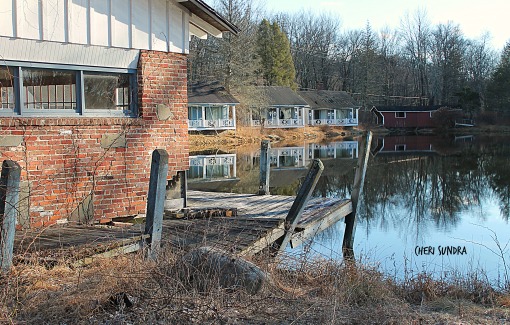
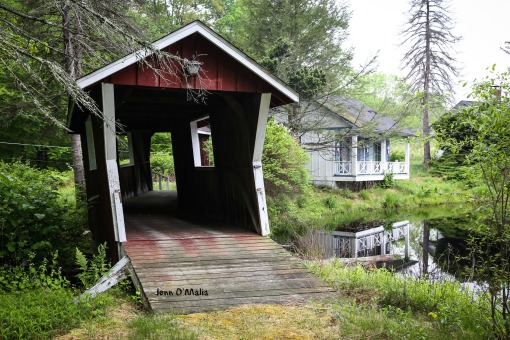
Photo Courtesy of Jenn O’Malia
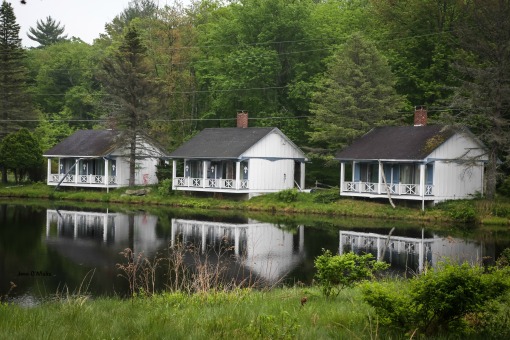
Photo Courtesy of Jenn O’Malia
Brochures from the 70s offered “fly in” services for honeymooners who would fly, or drive, to the airport in Allentown to connect with the Birchwood Resort Plane waiting to drop them off at the resort’s private air strip. Because of the private airport, it’s been said the resort was a popular destination among mobsters and other nefarious individuals visiting from New York and New Jersey.

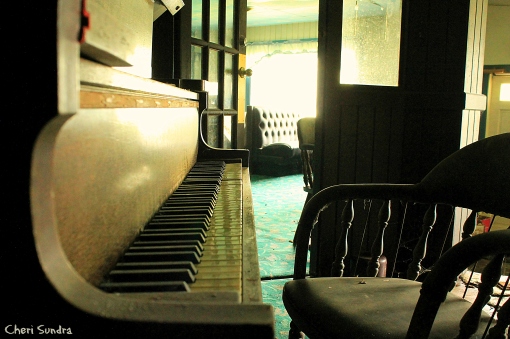

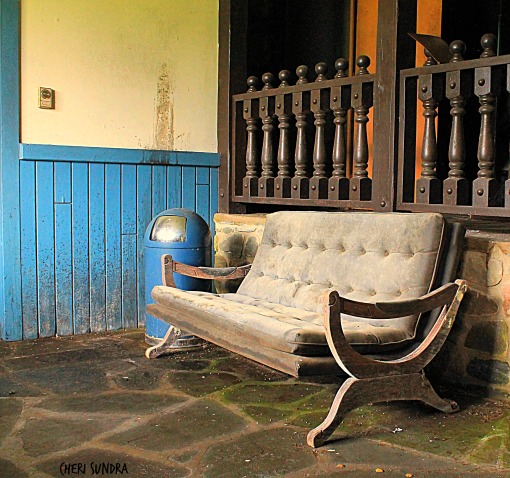
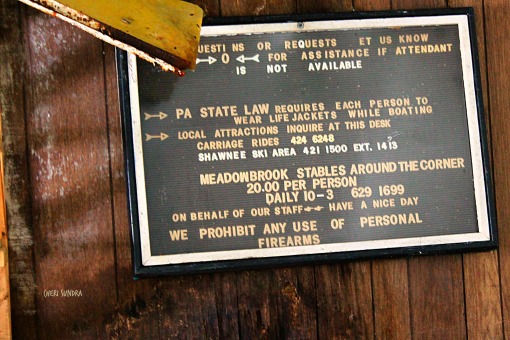

Photo Courtesy of Jenn O’Malia
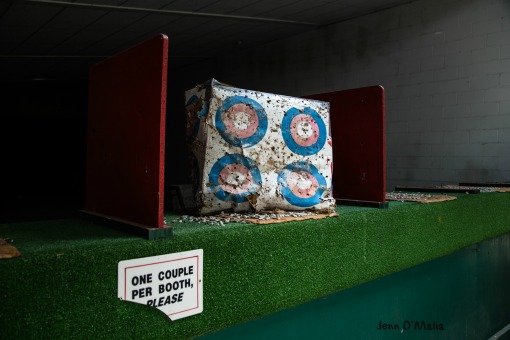
Photo Courtesy of Jenn O’Malia
Birchwood was quite a destination! The resort offered all-inclusive, couples-only packages with amenities like private cabins, swimming, a night club, bowling, miniature golf, a shooting range, paddle boats, and badminton. Couples could also take off from the 2,500-foot runway using a glider to soar over the Poconos and soak in thrilling views of the Delaware Water Gap.

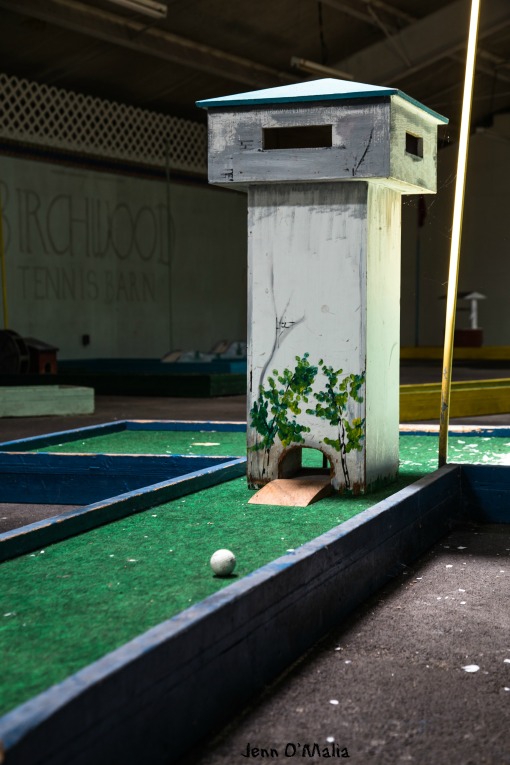
Photo Courtesy of Jenn O’Malia

Photo Courtesy of Jenn O’Malia

Photo Courtesy of Jenn O’Malia
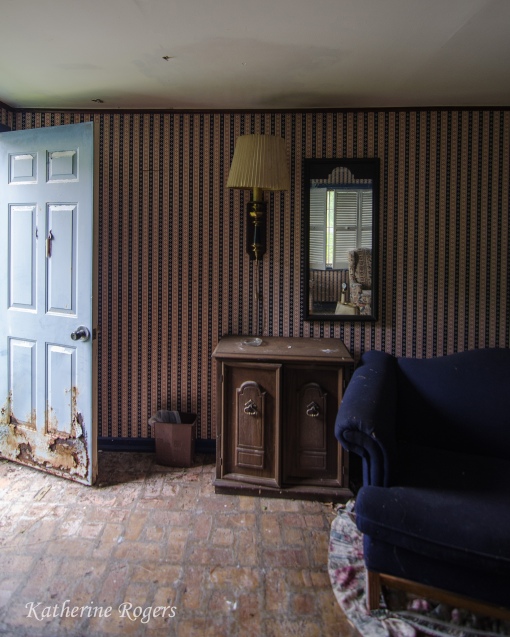
Photo Courtesy of Katherine Rogers
Like the rest of the big Pocono Honeymoon Resorts, Birchwood was struggling to stay open by the late 90s, especially during the slow season of early spring and late fall. Since the promise of casino gambling fell through in the 80s, some resorts started to cater to fetishists who would book the entire resort for themselves.

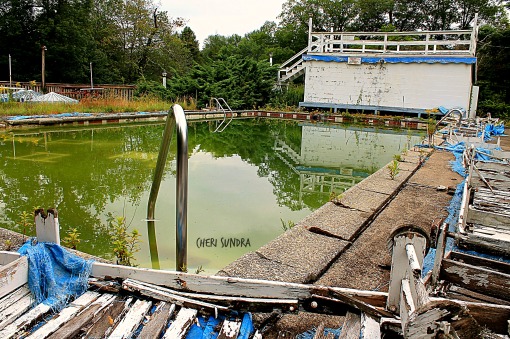
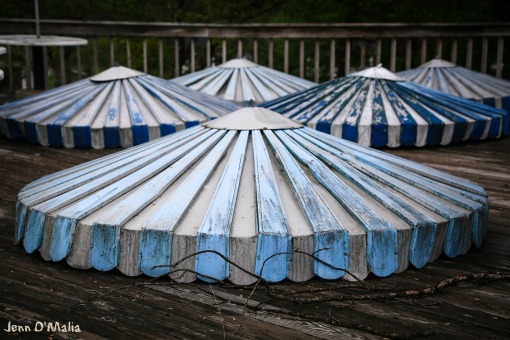
Photo Courtesy of Jenn O’Malia

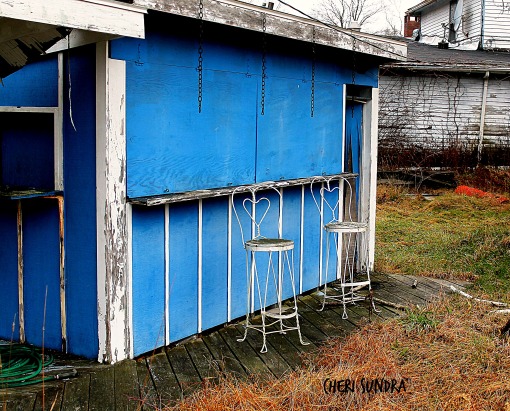
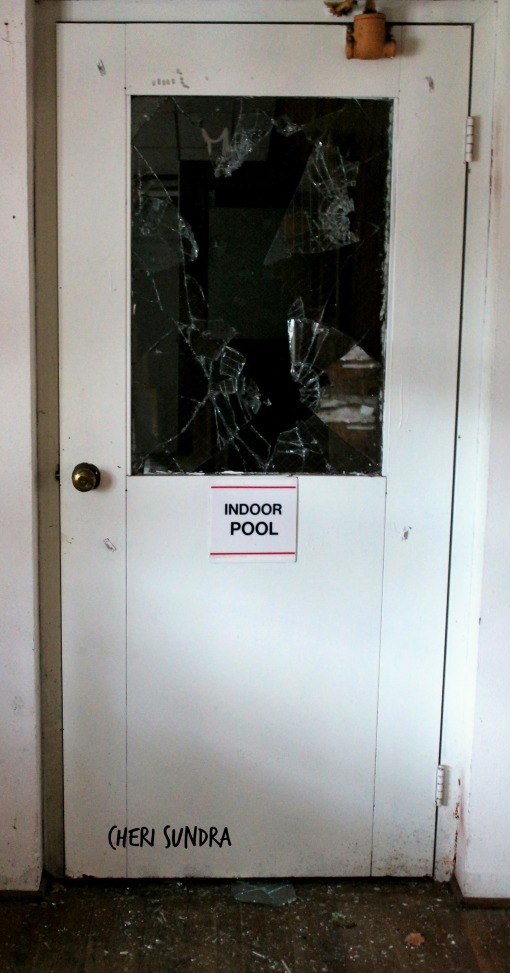

Photo Courtesy of Jenn O’Malia
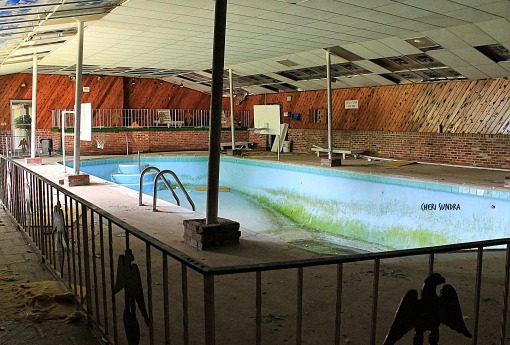
According to the Pocono Record, Birchwood hosted its fourth annual spanking party on April 20, 1999. Spankers from around the world paid $500 dollars each for a weekend of erotic play at the resort. The weekend after that was devoted to bondage. These events weren’t exactly a secret. The staff, who had the unpleasant task of cleaning up, knew about them. Neighbors of the resort heard rumors about naked hide-and-seek events in the woods, and gossip about a game called “spank the naked bowler”. The police knew because the spankers had a website where the curious could download pictures from their events.
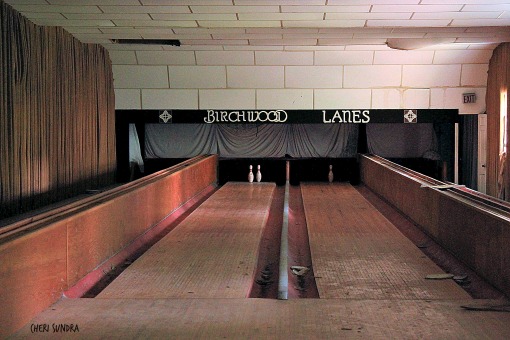

Photo Courtsey of Jenn O’Malia

The local newspaper exposed the fetish events at Birchwood, and the story was picked up by the national news. Even comedians on late night TV were cracking jokes about the Poconos. After the Pocono Record exposed Birchwood, the Pocono Mountains Vacation Bureau put pressure on the resort to cancel these events. A few years later, the resort closed. And wasn’t heard about again until 2014.
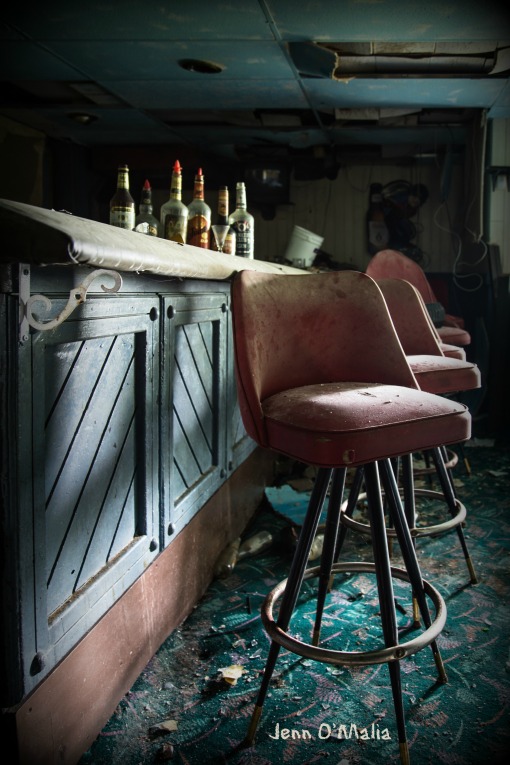
Photo Courtesy of Jenn O’Malia
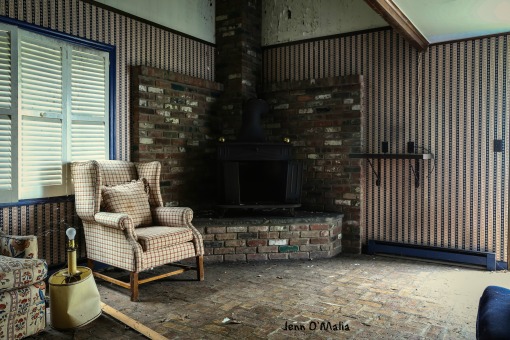
Photo Courtesy of Jenn O’Malia
On September 12, 2014, accused cop killer Eric Matthew Frein allegedly gunned down Bryon K. Dickson II, 38, of Dunmore, and wounded Trooper Alex T. Douglass, 34, of Olyphant, in a sniper-style attack outside of the Blooming Grove state police barracks.
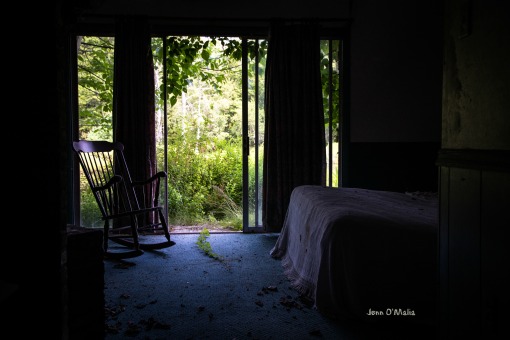
Photo Courtesy of Jenn O’Malia
A lengthy manhunt ensued, with many residents living in fear, while hundreds of law enforcement officers swarmed the region. Schools were shut down. Troopers set up checkpoints on local highways. Eric Matthew Frein became a household name with his photo plastered on billboards and area storefronts. Residents were ordered to remain inside in areas where the suspect was seen. The entire community was under siege with helicopters constantly flying overhead and heavily armed officers everywhere.
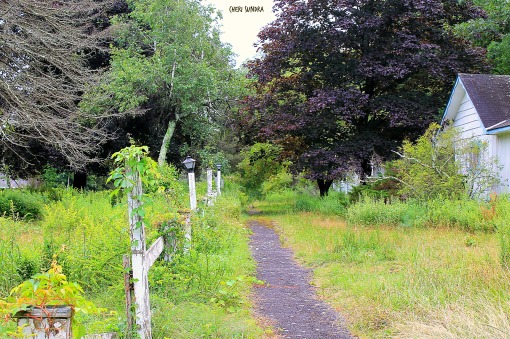

Following the 48-day manhunt that spanned two counties, he was finally captured outside the dilapidated Birchwood airport hangar in Monroe County. Frein was detained by U.S. Marshals at the resort while state police drove slain Cpl. Bryon Dickson’s car to the resort, then used Dickson’s handcuffs to place Frein under arrest.
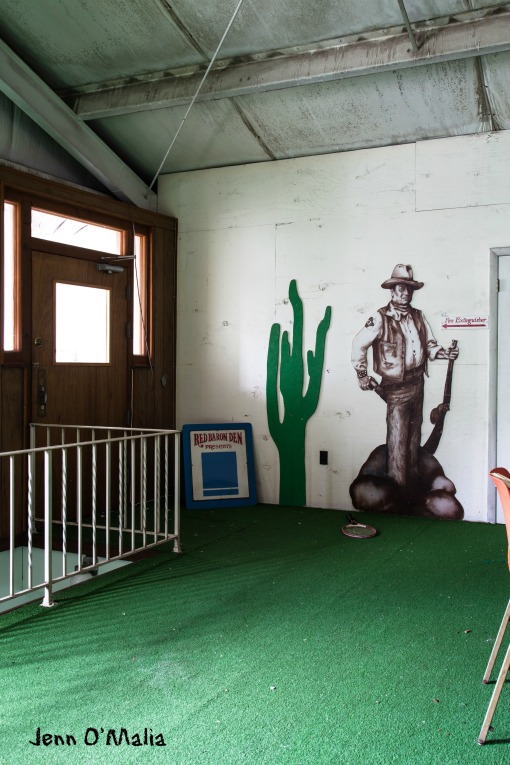
Photo Courtesy of Jenn O’Malia
Investigators found incriminating evidence, including the .308-caliber rifle used in the attack, inside the airport hangar. It’s not clear how long Frein was hiding out there, but a variety of items belonging to him were found including additional firearms, a bayonet, and more than 200 rounds of ammunition. He also had a computer, water jugs, toilet paper, binoculars and religious items, including New Testament writings from Psalms and Proverbs, a religious plaque, as well as seven DVDS and handwritten notes.
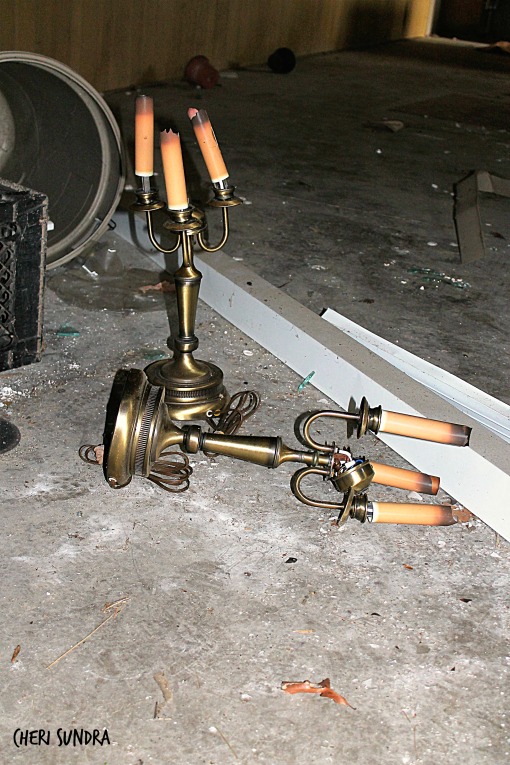


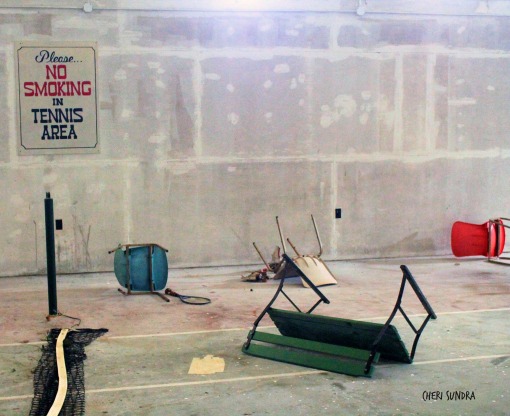

Photo Courtesy of Jenn O’Malia
Birchwood resort first appeared in local phone books in 1953. Its last listing was in 2007. Some reports say the resort closed in 2001. Today the property looks like a ghost town of decaying cabins and recreational facilities, with nothing but broken windows, crumbling cabins and broken down doors looming over the lake and wetlands.
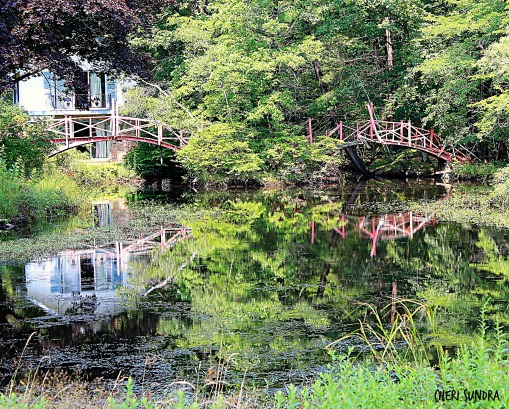
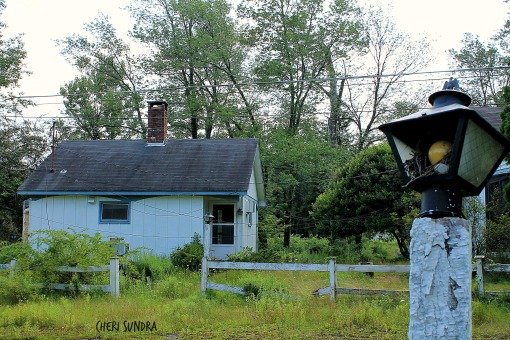
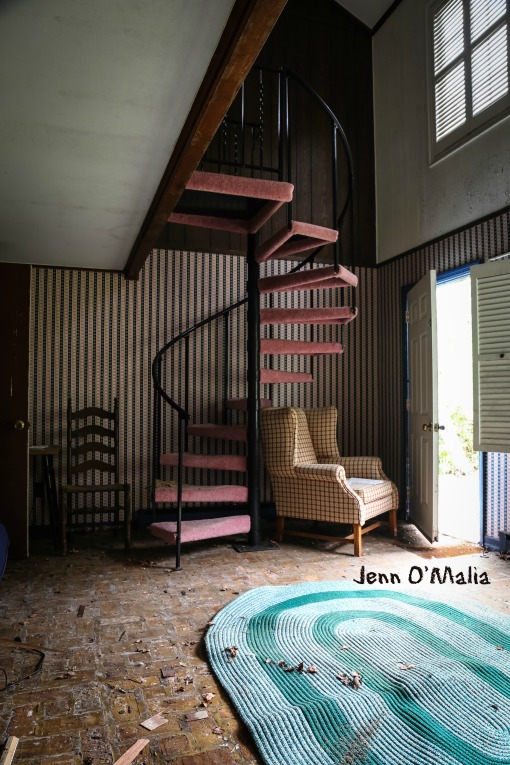
Photo Courtesy of Jenn O’Malia


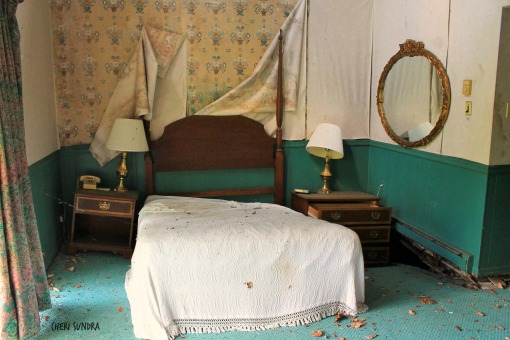


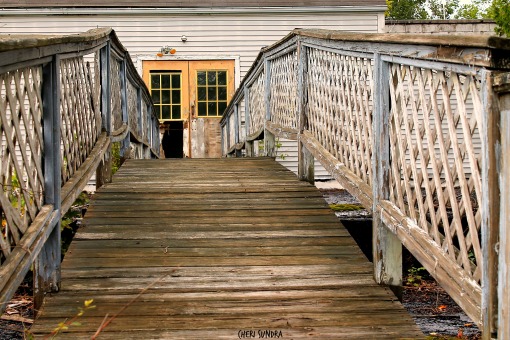
Follow Me On Instagram
~*~*~*~*~*~
Return To
GUERRILLA HISTORY Table of Contents
Cheri Sundra © 2017
All Rights Reserved
